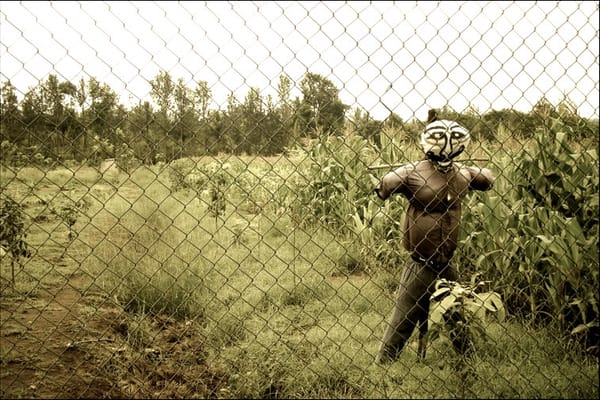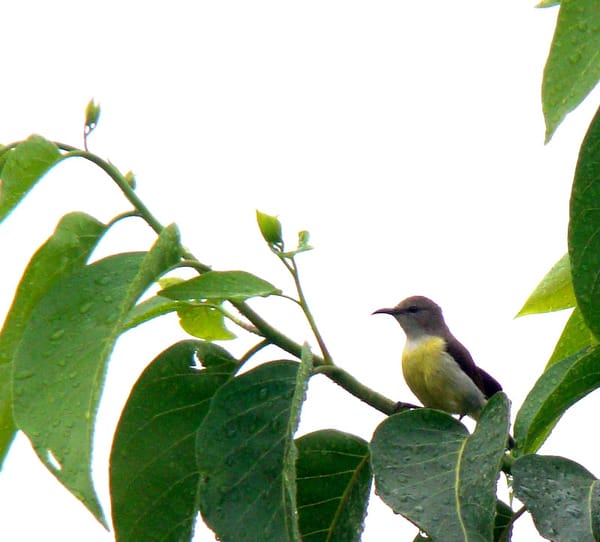As the weekend approached, the weather looked good on Friday evening as I left my office with the printout of a map of place called Hesarghatta. At 5 AM the next morning, we started on our journey to this famous lake. The idea was to have a enjoyable day out and capture some scenic photographs and lots of birds too, as promised by various websites on the place. The roads were empty and we hit the outer ring road by 5.30, but as we crossed the Hebbal flyover, we realised it was going to be almost a never ending journey. The Google map helped little as we passed through a lot of villages, but we finally reached our destination after innumerable route changes directed by villagers.

We were surprised to note that the same road led towards Nrityagram, the dance village. After few minutes drive through the cloudy weather, we reached a huge junction which looked like the bank of a river or a canal. A few villagers who were answering nature’s call were a bit taken aback on seeing early morning visitors. As we parked the vehicle and reached the top of the bank there was another surprise waiting for us – an awful one. We saw a huge barren lake bed with no water. We could hardly believe to discover nothing more than a few birds around the place. The place indeed was very green and scenic but nothing like what we expected.

After spending a few minutes taking photographs, we decided to move along the same road and check out Nrityagram. After passing a poultry farm and a film training institute, we reached the famous dance school and a very beautiful Taj Kuteeram. The place was a treat to eyes, but disappointing as a board declared that the premises were closed for vacations until 1st October. The manager at Taj Kuteeram informed us that the famous Hesarghatta lake was once famous for river rafting and birding, but dry since the last ten years. We spent some time taking pictures and started back home. It was indeed a disappointing trip and I wondered how websites could continue to support misleading photos and details of Hesarghatta.

A Kingfisher captured our attention and then as we moved around the lake, here is one of the birds I caught on camera. We also saw a few other birds including crows and Brahmini Kites .

Resorts like Taj Kuteeram are contributing a lot towards introducing nature to man – they encourage visitors to spend time with nature and in return nature visits them in full bloom, making it a worthy expenditure.

And this one was a beauty. I spent some time running behind it as it was not still for long. I tried spot metering these birds and if you observe, the bird at first looks like it has its mouth opened wide, but actually it’s the crown on its head. I am not sure about its name. So any comments about the same would be appreciated. I am planning to visit Hesarghatta again in the future, to see Nrityagram and spend some more time at Taj Kuteeram.
Nice photographs and interesting narrative Saurabh!
Saurabh,
Nice article and nice photos too. The last bird is a red whiskered bulbul.
FYI, Hessarghatta is a ‘tank’ not a lake. It is as you would have realized on the River Arkavathi – daughter of the sun. The tank was started in the 1500’s and built in its present shape in 1894 as the first source of water supply to Bangalore. Water was brought down through a brick aqueduct only parts of which remain and then pumped into the city using a steam pump. These pumping stations on the way are also wonderful to look at. The river itself is dry and therefore all the tanks on it are dry so do not be disappointed. The institutions near Hessarghatta like the poultry farm, the duck farm and the emu farm are all worth seeing.
Indeed, a very sad story.
From 1964 till 1966 I lived in Bengaluru because my father was an engineer for Bell Telephone helping ITI.
I have beautiful memories of the days we spent at Hessarghatta tank, and it saddens me to learn the fate that has come to this nice place.